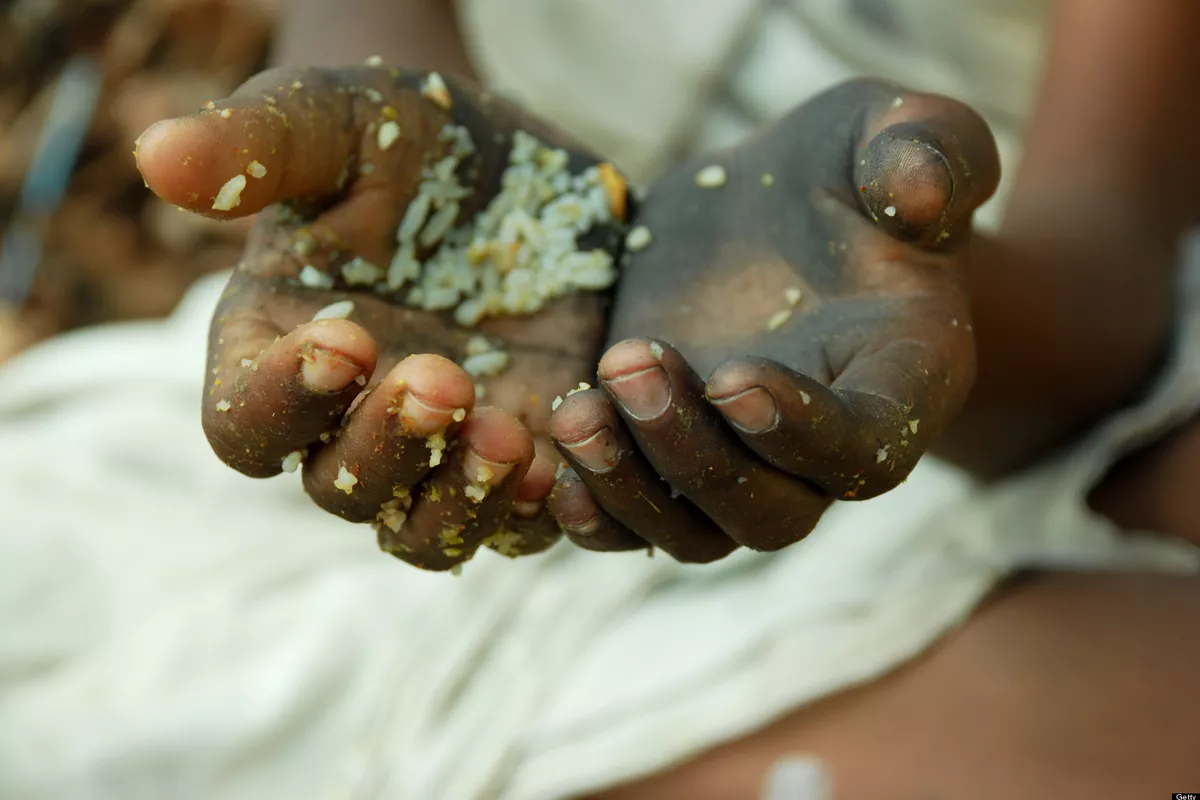
Credit: Getty Images/Vetta
The number of people facing hunger in Central Asia has significantly decreased over the past two decades, according to a new report from the UN Food and Agriculture Organization (FAO). The share of the population suffering from undernourishment dropped from 13.1% in 2005 to just 2.8% in 2024, reducing the number of affected individuals from 7.8 million to 2.3 million.
Much of this progress was achieved before 2019. The COVID-19 pandemic temporarily disrupted that trend: between 2020 and 2021, undernourishment rose to 2.5 million. However, with the introduction of stronger food security policies and an economic rebound, the region has since regained positive momentum, The Caspian Post reports citing foreign media.
The FAO report notes that a healthy diet in Central Asia now costs an average of $3.78 per person per day. While this is below the global average of $4.46, it remains unaffordable for many low-income households, particularly in rural Tajikistan. In 2024, FAO estimates that approximately 14% of the region’s population, roughly 11.5 million people, still could not afford a balanced diet.
Child health indicators have also improved. The prevalence of stunting among children under five has halved since 2012, falling from 14.8% to 7.4%. Rates of acute malnutrition have also declined, and childhood obesity rates have decreased slightly. Nonetheless, persistent challenges remain: anemia affects about one-third of women of reproductive age, and adult obesity is on the rise, increasing from 18.8% to 25.1% over the past decade.
In 2024, Tajikistan remained the most food-insecure country in the former Soviet Union. According to the Global Hunger Index published by the International Food Policy Research Institute, 8.7% of its population faces food shortages, placing the country 65th out of 127 worldwide.
In a sign of regional engagement, Uzbekistan officially joined the Global Alliance to Combat Hunger and Poverty in December 2024, reinforcing its commitment to the Sustainable Development Goals and to global cooperation on food security.
Share on social media
